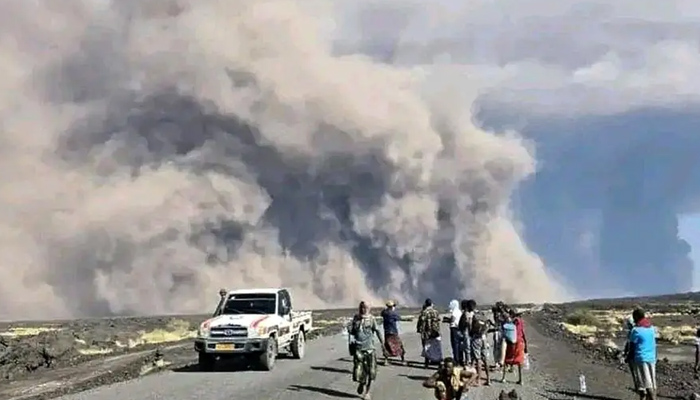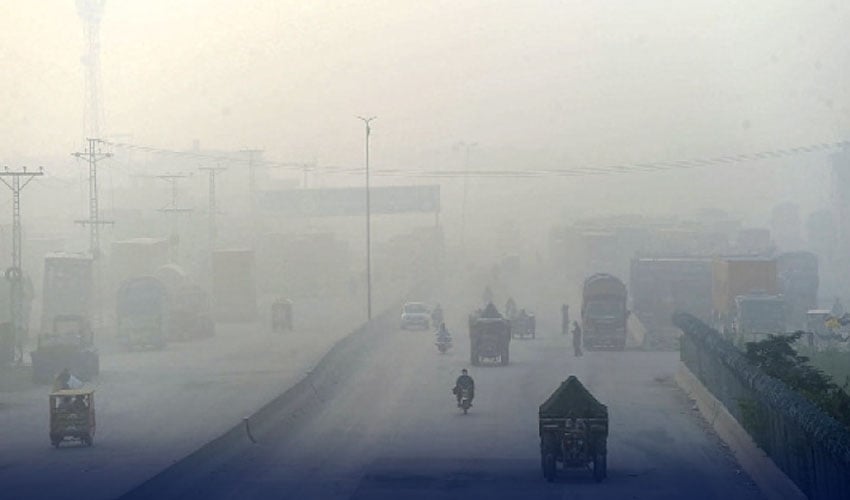Climate

Earthquake of 5.6 Magnitude Jolts KP, Islamabad, and Northern Pakistan; Epicentre in Hindu Kush, Afghanistan
ISLAMABAD — A moderate earthquake measuring 5.6 on the Richter scale struck parts of Khyber Pakhtunkhwa (KP), Rawalpindi, Islamabad, and other northern regions of Pakistan on Friday evening, according to the Pakistan Meteorological Department (PMD).
The tremors, which occurred at 5:15pm, were felt across Peshawar, Swat, Chitral, Islamabad, and Rawalpindi, causing brief panic among residents who rushed out of homes and offices.
PMD data showed that the earthquake originated at a depth of 120 kilometres, with its epicentre located in the Hindu Kush mountain range in Afghanistan — a region known for frequent seismic activity.
The United States Geological Survey (USGS) also reported two separate quakes in the area on Friday evening. The first, a 4.7 magnitude quake, was recorded less than 30 kilometres from the western Pak-Afghan border at a depth of 10 kilometres at 4:53pm. The second, stronger tremor measured 5.5 in magnitude, and was registered less than 10 kilometres from Pakistan’s northern border with Afghanistan at 5:15pm — matching the timing of the PMD report.
No casualties or damage have been reported so far from any part of Pakistan. However, authorities have placed rescue departments and emergency services on alert in case of aftershocks.
Last week, another 5.0 magnitude earthquake struck near Punjab’s Layyah district at 7:54pm, about 50 kilometres east of the city, at a depth of 20 kilometres. According to Rescue 1122 spokesperson Waseem Hayat, the quake was felt in the district but no emergencies were reported.
The Hindu Kush region, which stretches across parts of Afghanistan, Pakistan, and Tajikistan, lies in a highly active seismic zone. Earthquakes originating from this area are common and often felt across much of northern Pakistan due to the deep fault lines beneath the mountains.
Experts advise residents in earthquake-prone areas to remain cautious, follow building safety codes, and ensure emergency preparedness to minimize risks from future tremors.




